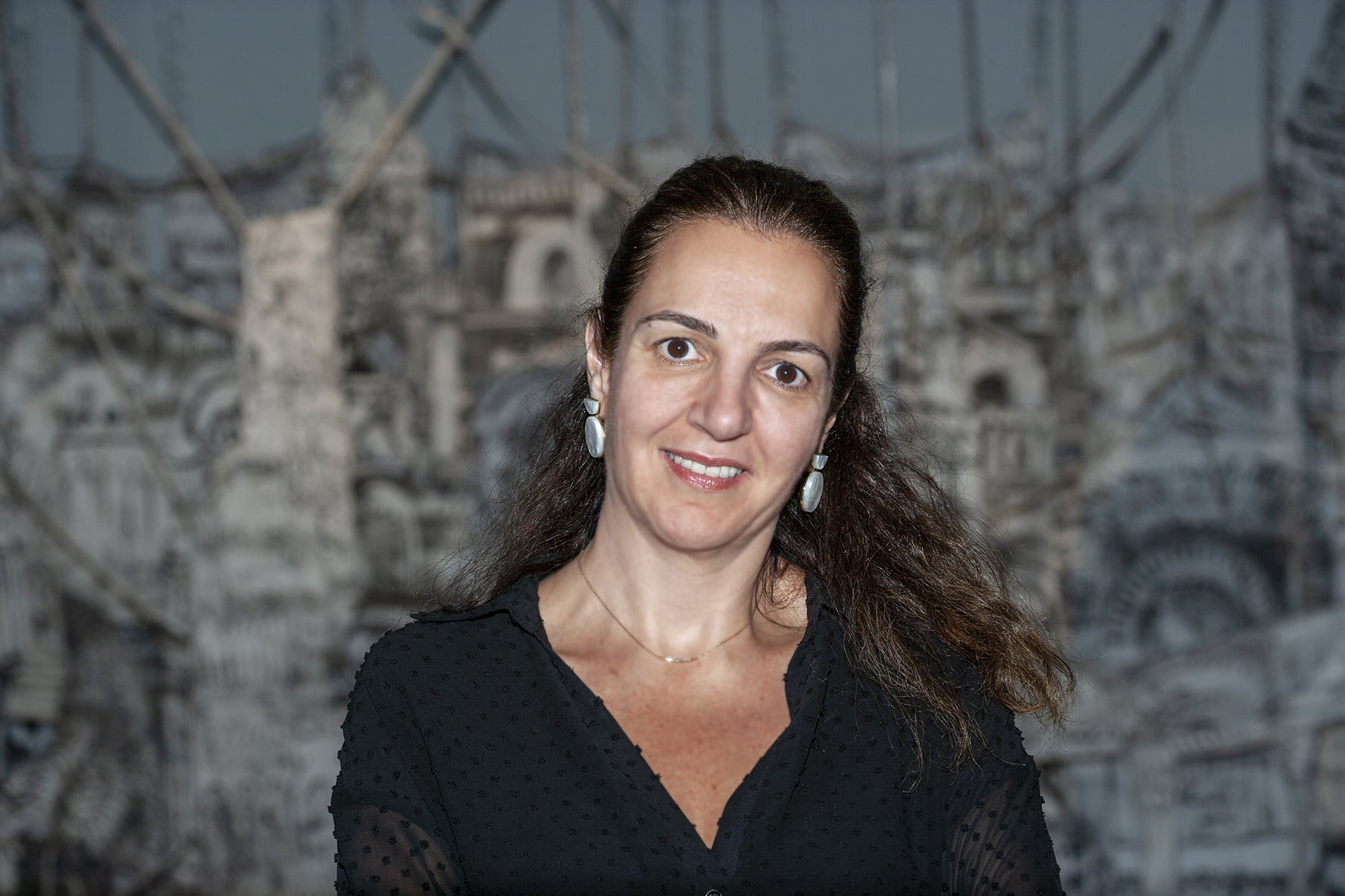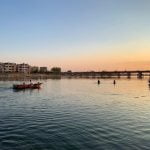Waiting and hoping for the best is not an option for Shireen Atassi, who left behind a successful corporate career to tackle the infrastructural challenges faced by Syrian art.
The Syrian Arts and Culture Festival in London aims to show the richness and diversity of Syrian culture against the global portrayals of uniformity. In this context, what made you decide to take action on public narratives about Syria?
It was exactly those narratives of war, destruction and violence that prompted us to launch the Atassi foundation in 2016. You have to remember Syria was an incredibly isolated country – socially, culturally, economically, politically and on every level – so people didn’t know much about it. Art and culture institutions are key to shifting public opinions and judgement, and to educating and creating counter-narratives. Art and culture are really the cement that brings all of us together.
How does the Atassi Foundation respond to the challenges that Syrian arts and culture infrastructure currently faces?
The cultural infrastructure in Syria has always been broken, even before the war. For culture to thrive, you need to have institutions, you need to have museums, you need to have galleries, you need to have artists and critics and writers. Moreover, you also need an audience. Historically and today, these prerequisites are missing in Syria. Not one institution or individual can fill all of these gaps.
At Atassi Foundation we recognized a major gap in the areas of distribution, analysis, interpretation and documentation of modern and contemporary art and this is where we add value. Our exhibitions, publications and archives are complementary to one another, and they are geared towards creating knowledge about Syrian art. We exhibited in Dubai a few times and the value of that was tremendous because people don’t know much about Syrian art, other than the few modernists that have appeared at auctions and the few names that were presented by a few galleries. But there are a lot of unheard stories.
In the midst of the violence and destruction in Syria, why are arts and culture important?
I think art and culture are important for us to help future generations to make connections to the historical, artistic, social, political, economic references of today. Art (and I am talking visual art) is a visual language that is able to connect people to those reference points in the past, and I think this is really important for us to be mindful about.
Having said that I have a concern related to the future of the art and culture of Syria. I believe that cultural infrastructure is a barometer to where we’re going to be in terms of cultural production, and when I think of the institutional infrastructure today, the future picture is not very rosy. What’s going to happen to artistic production when there’s only a handful of institutions that are supporting it? What’s going to happen when there’s no one writing about artists or when no one is seeing their work or buying their work?

It’s really interesting that you have this approach where you’re not overly optimistic.
I am not overly optimistic, but I am hopeful! If we are not planting the seeds today we cannot expect crops tomorrow! If you’re not prepared, you’re reactive. And when you’re reactive you’re taking short term measures. This is why our approach at the Foundation is in the long term. We don’t know where Syrian arts and culture is going to be in the future but we are trying to prepare the scene for it. My lack of optimism is due to the fact that I am not convinced that we are planting enough seeds for it to flourish in the future. We cannot be waiting and hoping for the best. It’s not an option.
Do you think your independence as an institution allows you to think long term? So you’re not thinking about immediate statistics.
Absolutely, independence is important. One of the challenges of the institutional landscape today in the region is that all cultural institutions are competing for limited resources from the same donors. It is a fact of life that we are always competing for limited resources, but the danger presents itself when we are overly dependent on the sources of resources.
In our case, we are really not driven by the numbers, because we’re totally independent and we have ultimate freedom. Ultimate freedom comes with a great flair but also with a different set of challenges. Freedom is a responsibility after all.
I’d like to get on to artists being in exile or displaced, and their ability to make art as a result. So, firstly, I’m thinking about materials – how does an artist being in exile affect their ability to access materials to make art?
When you’re in Syria you’re even more restricted when it comes to materials. With the restriction on movements of both people and money, a sculptor once told me he was no longer able to make sculptures because the only operating foundry was in Beirut. Artists in exile are presented with a different set of challenges. Their main challenge is not access to materials. It is connecting and engaging with their audiences.

What about the spaces people are working within, for getting into a creative headspace?
There are institutions giving production support, residencies and access to studios. A lot of artists in exile can get grants in their hosting communities and have access to shared studio spaces for instance. But you have thousands and thousands of artists and you have a handful of institutions.
There are artists producing fantastic powerful works like Hasan Abdalla, who’s been featured on the Qisetna website, but they’re not getting exposure. So, what can be done to support artists in this position?
A lot of artists are trying to sell on their own and a lot of artists are quite active in that sense. Galleries are unlikely to take a chance on a fresh graduate, for instance. It’s the role of non-commercial spaces to give them the chance to exhibit their work and present it to their audiences. It is very important for one to know who their audience is.
At Atassi Foundation we do not have production grants and we don’t support artists financially. Our main support comes through exhibiting their works, spotlighting them in one of our publications and collecting their work. I believe there is a huge need for more institutions and more contributors to the art and culture of Syria.
Some say that the Syrian conflict over the last decade created new energy of art and innovation. Do you think that this is still continuing?
Yes, it is still continuing. However, I think the coming years are key because the tide is settling and circumstances are changing. With the pandemic, the international focus has moved away from the Syrian war. I think a coming couple of years are very important in the sense that we need to find a place for that production to progress, to develop and to find its voice. I think it’s important that we are aware of the next phase.

So has the pandemic changed how you can continue to support artists?
As a result of the pandemic there are certainly more barriers than before, e.g. getting people together for seminars, opening exhibitions and meeting and exchanging with others. But it also presented opportunities for online audiences and for learning, and for different types of work. The pandemic has opened our eyes to the fact that we must be prepared. And we need to be able to reach each other, despite the distances.
As a foundation, we started organizing auctions during the pandemic. We were unable to organise exhibitions due to restrictions and lockdowns, so we decided to replace that with online auctions. Now we organise these auctions twice a year.
Do you see the move to adapt to these online formats – for example, you’ve got a Google Arts and Culture gallery – as having any effect on the future of art?
Yes, Google Arts and Culture is a global initiative by Google to present arts and culture to the world, and it’s amazing. I think it’s a thrill, but it does not replace in-person events. I like in-person events, and when you’re sitting with someone you’re talking to, you’re exchanging; it just gives a completely different dynamic. But it’s a channel, and you can’t ignore it. Online solutions and events open up the chance for people to engage even if they were not physically present in the same place.

Interview by Isabel Thomas



